The first visit begins with conversation. You’ll be asked about your dental history, even details that seem unrelated. Old fillings, childhood injuries, past extractions—they all matter. Even past orthodontics come into play. Medications are discussed too. Some affect saliva. Others change bone behavior. Medical conditions influence prosthetic planning. Joint pain, dry mouth, and diabetes shift choices. Nothing is considered minor. The more detailed your answers, the clearer your plan.
Photos are taken from multiple angles to capture your bite and facial profile
Documentation happens early. Photos are taken from multiple angles to capture your bite and facial profile. They’re not for aesthetics. They show asymmetries, habits, and alignment. The camera might be close. You’ll be asked not to smile. Natural rest position matters more. These images guide lab communication. They show how teeth relate to lips, eyes, and jawlines. Small shifts affect large results.
The prosthodontist may ask how you chew, not just what hurts
Questions come before tools. The prosthodontist may ask how you chew, not just what hurts. You’ll describe habits. Which side do you favor? Do you bite your tongue often? Any popping when opening? Even muscle fatigue enters the conversation. Function is mapped through your answers. Speech is reviewed. Tooth wear reveals pressure points. Every pattern offers a clue. They don’t just treat teeth—they assess systems.
A full-mouth exam usually includes soft tissue, not just teeth
Exams go beyond enamel. A full-mouth exam usually includes soft tissue, not just teeth. Gums, cheeks, tongue—all are inspected. Ulcers, discoloration, and tissue thickness are noted. Dentures press against these areas. So do crowns and bridges. Ill-fitting prosthetics damage soft tissues. The doctor checks mobility too. How lips move while speaking. Jaw tracking. It all connects. This inspection feels gentle, but it reveals much.
Your prosthodontist may check how your jaws align when closing naturally
Jaw behavior matters. Your prosthodontist may check how your jaws align when closing naturally. Bite marks on paper tell a story. A small shift leads to long-term strain. They watch how your teeth meet—front, back, and sides. Clicking joints or drifting molars complicate plans. Resting bite is called centric relation. Many prosthetics fail without this data. Balance reduces repair later. Misalignment often causes more harm than decay.
Sometimes digital scans replace traditional impressions for faster evaluation
Impressions still happen—but newer options exist. Sometimes digital scans replace traditional impressions for faster evaluation. A small wand captures a 3D image. No more bulky trays. Some patients still need putty impressions. It depends on your case. The scan reveals shape, shade, and occlusion. It’s not just about fitting—it’s about predicting wear. Lab work uses this digital model. Adjustments begin here.
Temporary solutions may be discussed even if permanent treatment comes later
Prosthodontics often takes time. Temporary solutions may be discussed even if permanent treatment comes later. Missing teeth affect speech and chewing. An interim denture or flipper can help. These are placeholders. Not perfect, but functional. They maintain space. The doctor may suggest them during healing or implant planning. Temporary doesn’t mean unnecessary. Comfort starts early.
Expect questions about your goals, not just your pain
The visit is personal. Expect questions about your goals, not just your pain. Are you concerned about looks? Function? Longevity? Do you play sports? Have big events coming? Every patient defines success differently. Some want durability. Others want minimal intervention. Your priorities shape treatment. No judgment—only planning.
They might talk about your gums more than your teeth
Gums don’t stay silent. They might talk about your gums more than your teeth. Recession changes fit. Swelling suggests infection. Thin tissue may not hold certain restorations. The color, firmness, and bleed response are reviewed. A healthy foundation matters. Prosthodontics isn’t cosmetic layering. It requires stable ground. Sometimes grafting precedes prosthetics. That’s discussed too.
You’ll likely see X-rays taken from several views
Imaging completes the picture. You’ll likely see X-rays taken from several views. Panoramic, bitewing, or cone-beam—each serves a purpose. Bone density becomes visible. Hidden decay is spotted. Root shape and sinus position influence prosthetic design. Nothing is guessed. These images support long-term results. You may view them on a screen. Your doctor will explain what’s visible.
Speech patterns might be assessed with or without prosthetics in place
Speech affects design. Speech patterns might be assessed with or without prosthetics in place. S and F sounds reveal tooth position. Lisping shows space errors. Palate shape influences resonance. If teeth shift even slightly, speech follows. Prosthodontists adjust accordingly. Not everyone notices—but they do. The goal is clarity without effort.
Financial discussion usually happens after the clinical evaluation is complete
Money comes last—but it comes. Financial discussion usually happens after the clinical evaluation is complete. You’ll see the range. Lab fees, material choices, and timeline shift costs. Insurance coverage varies. Some procedures fall outside coverage. Dentists walk through estimates. They don’t pressure. Flexibility is often available. Payment plans exist. Value isn’t just cost—it’s duration and reliability.
You won’t receive final prosthetics on the first visit
Expectation management matters. You won’t receive final prosthetics on the first visit. Planning, measuring, and imaging come first. Then labs begin. Some cases need wax mock-ups. Others need surgical guides. Each step builds on the last. Final placement happens later. Patience reduces revisions. Rushing ruins fit.
Aesthetic mock-ups may be shown to help visualize changes
Visualization helps. Aesthetic mock-ups may be shown to help visualize changes. These aren’t final pieces. Just previews. They help patients give feedback. Tooth length, color, or angle might change. Mock-ups reduce surprises. Labs adjust based on reaction. You’re part of the design, not a passive recipient.
If implants are involved, healing time becomes part of the plan
Surgical elements need time. If implants are involved, healing time becomes part of the plan. Titanium posts need bone integration. That can take months. Meanwhile, temporaries cover the gap. You return for reassessment. Not all implants succeed instantly. Smoking, diabetes, or bone density may delay progress. Realistic timelines protect satisfaction.
Some visits focus only on measurements, not treatment
Not every visit includes tools. Some visits focus only on measurements, not treatment. Bite registration, gum mapping, facial midline—all take time. Your mouth is unique. Details dictate performance. Skipping steps leads to failed fit. Accuracy now avoids discomfort later. Even simple cases get complex checks.
Photos may be retaken if facial features change during treatment
Change continues. Photos may be retaken if facial features change during treatment. Weight shifts, swelling, or surgery affect symmetry. What fit last month may not fit now. Even smiles evolve. Dentists document updates. Every new reference improves outcomes. Faces move. Records must match.
Color matching uses light tools and shade guides under natural lighting
Appearance isn’t just white teeth. Color matching uses light tools and shade guides under natural lighting. Fluorescent bulbs distort perception. The lab needs accuracy. Your natural tooth has gradients—not flat color. Stains, translucency, and reflectivity matter. Some patients prefer bright. Others want subtle. The choice is yours.
Prosthodontists often collaborate with general dentists or surgeons during planning
They rarely work alone. Prosthodontists often collaborate with general dentists or surgeons during planning. Complex cases need multiple views. Bone grafts, root canals, or sinus lifts may involve referrals. Teams reduce risks. Each specialty handles its part. You get coordinated care, not disconnected visits. Communication happens behind the scenes.
